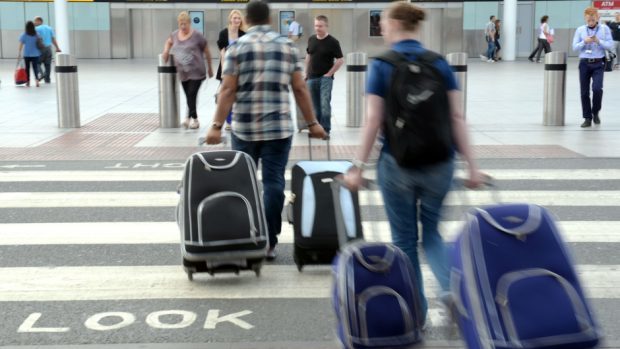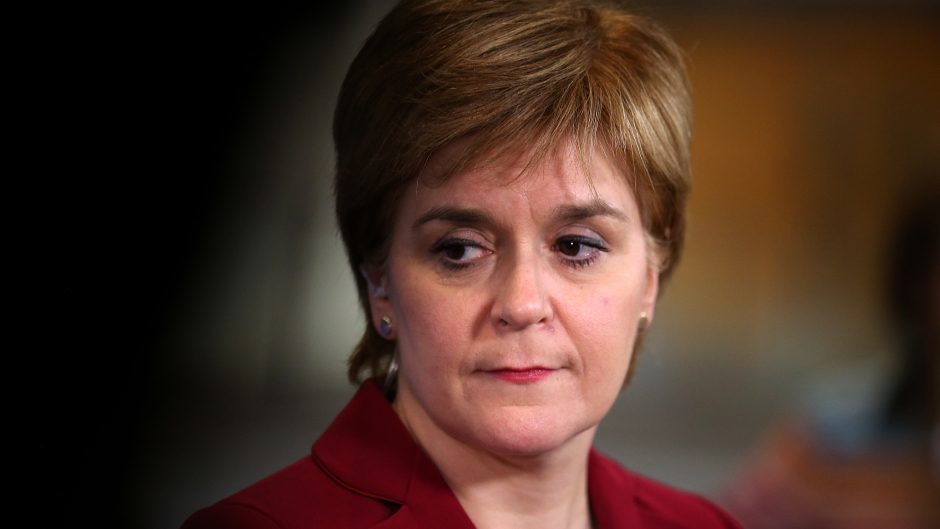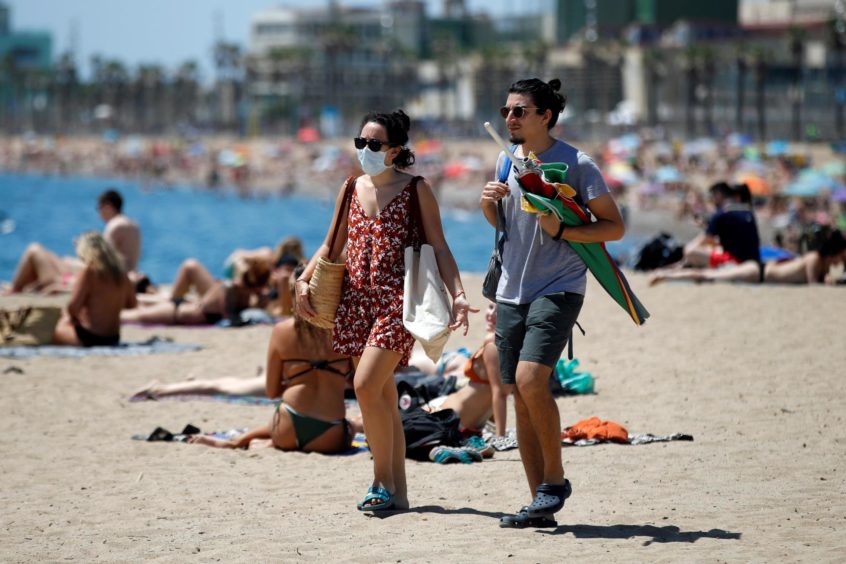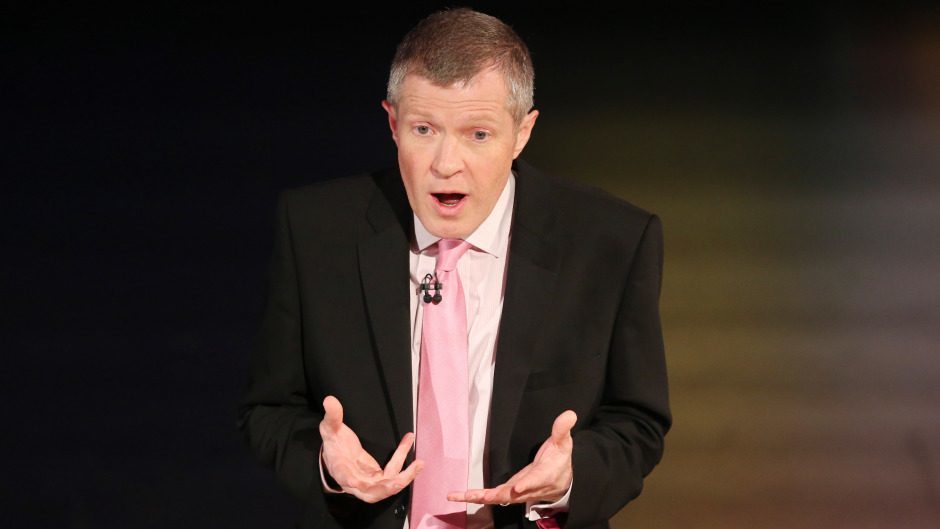Scottish holidaymakers could face an unexpected quarantine for 14 days when they return home because exemption rules could change at any time, Nicola Sturgeon has warned.
The first minister said people looking to book a trip away “cannot do it on the basis of certainty that because the country you might be travelling to is exempt from quarantine when you want to go there, that it will still be exempt when you come back”.
Speaking during the coronavirus briefing in Edinburgh, Ms Sturgeon said there was also no guarantee the rules and regulations of any country being visited by holidaymakers would stay the same for the duration of the trip.
“My advice to anyone looking to travel overseas is to think very carefully about that and perhaps if your trip is not essential then perhaps not to commit to it right now,” she said.
“And if you want to take a holiday over the remainder of the summer, perhaps think about doing that in Scotland.”
People arriving in Scotland from a list of “air bridge” countries do not currently have to quarantine but Ms Sturgeon warned outbreaks of the virus at home or abroad could quickly trigger a change of the rules.
The first minister has been asked to asked to release the scientific evidence behind her decision to initially quarantine travellers arriving from Spain and subsequent plan to lift the restrictions.
Scottish Liberal Democrat leader Willie Rennie wrote to Ms Sturgeon to raise concerns about the decisions, citing reports the infection rate in Spain is now three times higher than when quarantine measures were imposed.
When she announced the “difficult decision” to continue the quarantine for people coming to Scotland from Spain or Serbia on July 8, the Spanish infection rate was 8.76 per 100,000 of the population, according to figures quoted by Mr Rennie.
Since then, a report by Reuters suggests the infection rate has trebled to 27.39 per 100,000, with 1,527 new cases on July 20 – up from 341 the day before Ms Sturgeon’s announcement.
Asked about the basis for the easing of Spanish travel restrictions at Wednesday’s briefing, Ms Sturgeon said its infection rate is “now very close to ours”.
She said: “The decisions we’re taking around air bridges and international travel are based on assessments of prevalence data.
“A couple of weeks ago we decided not to exempt Spain from quarantine requirements because at that point the prevalence data for Spain showed that it was significantly higher than ours.
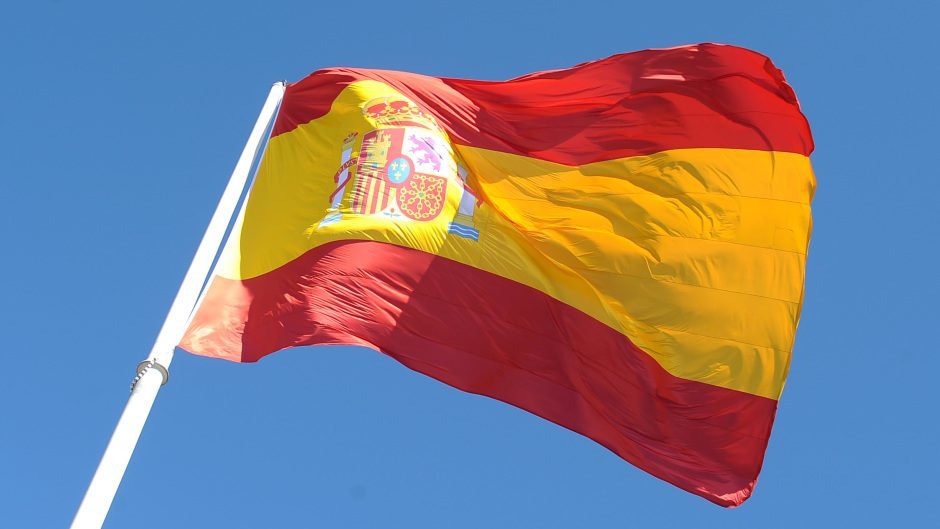
“The most up to date prevalence data for Spain, which is why we took the decision to include Spain on the exempt list earlier this week, shows the prevalence estimate is now very close to ours.
“That said, and I want to stress this point not just in relation to Spain but generally, these situations are not cast in stone. There is a lot of volatility around this virus across the world right now.
“We see a number of outbreaks in Spain, but also in other countries, so we are keeping all of this under review literally on a daily basis.
“All of these decisions are subject to change, and could be subject to change on very short notice.”
